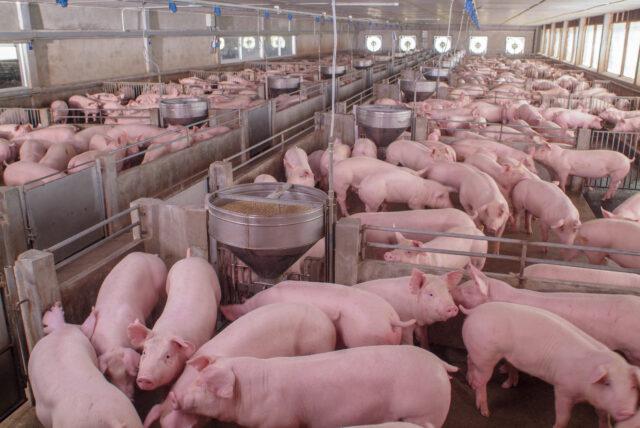Porto Alegre, May 7, 2021 – The price of live pigs in the Center-South of the country showed a consistent upward movement in April, but the activity margins remain under pressure due to the high cost of production. Corn, the main component of feedstuff, has already surpassed BRL 100 in some states such as Paraná, Santa Catarina, Rio Grande do Sul, and São Paulo. The outlook for corn, which is the main component of the feedstuff, remains difficult, and the trend is worrying in terms of prices in the short term, given the supply restrictions, with growing concerns about drought-induced crop losses.
In view of the negative perspective for the costs of animal nutrition, farmers must pay attention to the housing and weight of animals, in the short and medium term. The high cost alone and the compressed margins are already elements that discourage the increase in production and may favor the adjustment of domestic availability, but this will not happen overnight due to the production cycle.
The first point that deserves to be highlighted is that there is little that pig farmers can make about the price of inputs. Corn, for example, is priced according to the market dynamics, so the variable that can be adjusted by pig farmers is their herd. As previously mentioned, the price of live pigs has recovered, however, pork prices will not show new jumps only by passing on costs to the next stages of the chain, since domestic demand is advancing timidly, as a result of the evolution of the Brazilian economic activity, still slowed down by the impacts of the pandemic. A supply adjusted to this reality is of paramount importance for prices. Thus, abrupt adjustments to the final point become increasingly difficult, which may impact pork consumption and flow in the domestic market. With the deterioration of income, high level of unemployment and future uncertainties, households tend to continue opting for chicken as the most affordable protein.
On the other hand, external demand remains strong, driven mainly by China, helping to reduce part of domestic availability, being a factor that helps the formation of domestic prices. The March export set a historic record for a month, with 107 thousand tons, and the numbers for April are promising. According to preliminary data released by SECEX, up to the fourth week of April, Brazil exported 76,112 thousand tons of fresh, chilled and frozen pork, with a daily average of 5.074 thousand tons.
Following this average in the last week of April plus industrialized pork, exports may exceed 105 thousand tons. As for shipments, the prospect is that good results will continue, however, it is worth mentioning that the mark of 110 thousand tons per month is a difficult barrier to be broken, since the plants authorized to export to China have not increased, and those opened today already working hard. Thus, even though the flow of exports is high, it is important that domestic production is adjusted to the domestic scenario, since about 80% of production is consumed within the country, where the scenario of cost and demand is still difficult.

